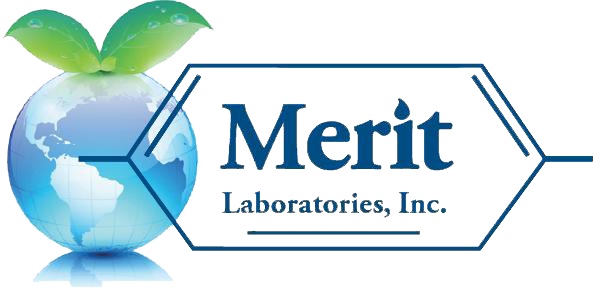The first-ever Great Lakes PFAS Summit has gone virtual. The event will bring together scientists, government officials, regulators, academic researchers, industry, and community organizations on all topics PFAS. The virtual summit is now scheduled for a five-day event, set for October 26th - 30th, 2020. The Great Lakes PFAS Summit will be hosted by the Michigan Department of Environment, Great Lakes, and Energy (EGLE).
The summit will provide participants with current and reliable PFAS science and policy, explore PFAS research topics, facilitate networking, and sharing information on the latest research and technology. Topic areas for the Great Lakes PFAS Summit include:
Treatment Technology and Research
Rules and Regulations
Pollution Prevention
Sampling and Analytical
Public Health and Communication
PFAS in Agriculture and Natural Resources
Materials Management
PFAS contamination is being discovered at sites throughout the United States. Polyfluoroalkyl and perfluoroalkyl substances (PFAS) are fluorinated organic chemicals, which include perfluorooctanoic acid (PFOA) and perfluorooctanesulfonic acid (PFOS). PFAS are known as “forever chemicals” because they are persistent and bioaccumulate. Persistent means they do not break down in the environment and bioaccumulate refers to the process of building up over time in the blood and organs.
“Michigan is a national leader in responding to PFAS contamination and we are proud to organize and host this first-of-its-kind summit,” EGLE Director Liesl Clark said in a release announcing the summit. “We’re excited to share what we’ve learned from our work to protect Michiganders from PFAS contamination and look forward to collaborating with fellow regulators, scientists and policymakers on this growing national problem.”
Merit Laboratories is a leading national PFAS environmental laboratory, analyzing drinking water, soil, wastewater, groundwater, and other sample matrices, including biosolids and sludge. Analytical methods performed by Merit for PFAS include drinking water by EPA 533, EPA 537.1, and EPA 537 rev. 1.1 and soil, wastewater, groundwater, and surface water by ASTM D7979-19 with Isotopic Dilution and ASTM D7968-17.

